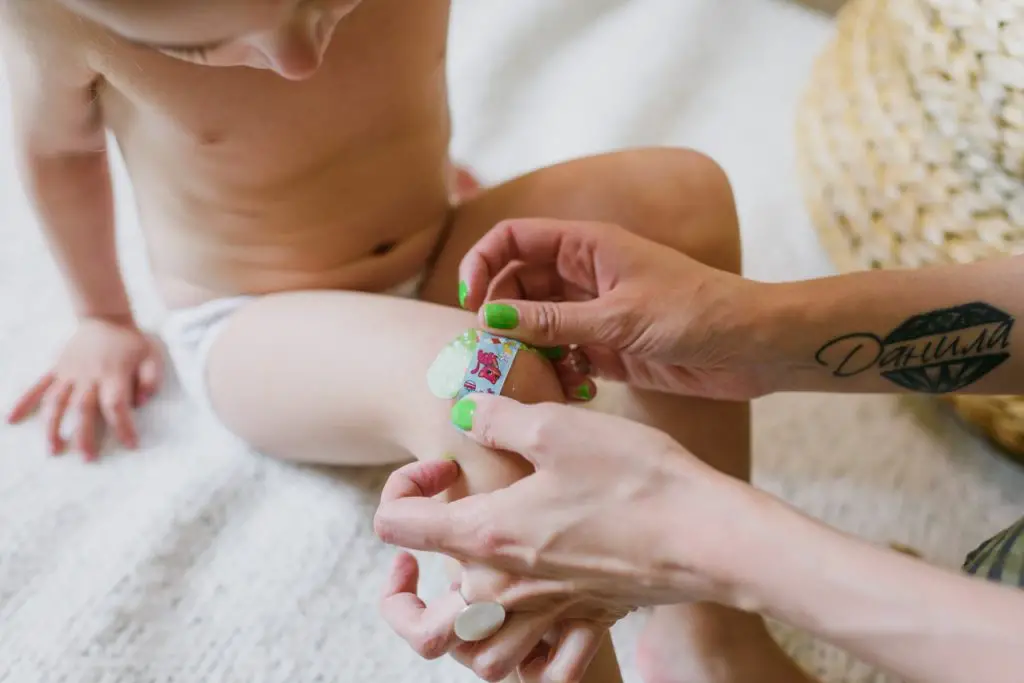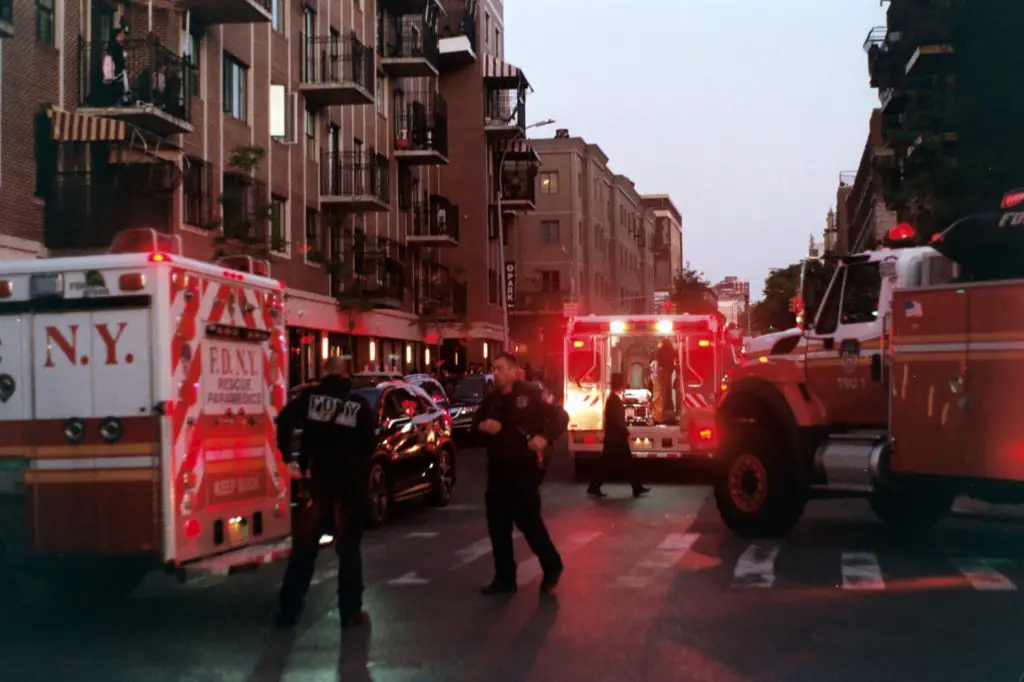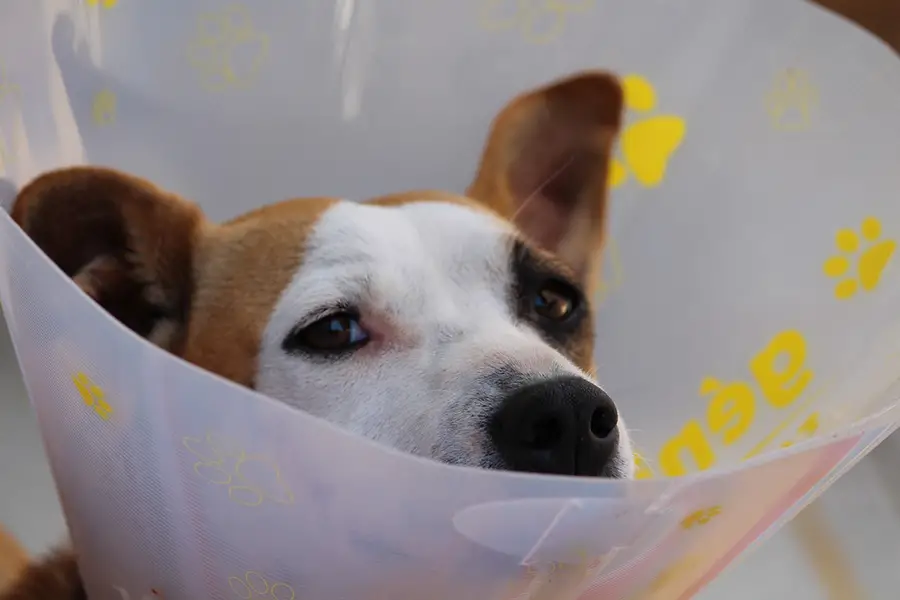If you’re trying to learn more about tactical first aid kits, you probably already have an idea of what you’re looking for. You need a kit to prepare for a serious event. Maybe it’s civil unrest, an act of terrorism, or just getting ready for any SHTF situation. The benefit of putting together a tactical first aid kit is that it can do double duty. They’re usually easy to carry, and their contents are useful in situations like vehicle or power tool accidents. Below we’ll cover what you’ll need to take care of serious injuries, using tools that anyone can be proficient within a short amount of time.
What does it mean to be “tactical”?
Tactical is described by vocabulary.com as coming from the Greek “taktike techne” meaning “art of arrangement.” When something is tactical, it is artfully arranged, or planned. This most often refers to military or naval operations, but it doesn’t have to. When we are determining how to be tactical, we should consider these major items:
What is the goal of the operation?
Is it surveillance where you may want to remain incognito? Is it search and rescue which will require additional gear beyond the members of your team and the potential of moving injured parties? Does the goal involve direct action that will almost certainly involve engagement with another party?
Optics and concealment.
Do you want to be seen? If you’re moving at night, black may be the best option. Camo, on the other hand, can serve well day and night. Perhaps you’re in an urban environment and will be moving through crowds of people and want to blend in? In this case, carrying equipment that looks “tactical” is probably not the best option.
What are the potential risks?
Climate may lead to potential hot or cold weather injuries. You may want to carry extra water, electrolytes, cold weather gear, etc. Your mode of transportation may present other risks. Will you be traveling by foot, bike, ATV?
How many people are involved?
If the group is small, you might limit your gear to remain agile. With larger groups, you might designate someone to carry additional gear for extreme situations.
What is the medical skill level of those involved?
Practiced knowledge is the best tool you can carry and the first aid items you carry are only as good as your ability to use them. Does carrying a surgical kit really make sense? Generally, the items in this article are geared towards the more average user.
How far away is help if something should go wrong.
If you are in a remote location, and seeking additional medical aid in a timely manner is not possible, you’ll likely want to carry, or stage, more gear than what you would carry if a hospital is only minutes away.
What is a tactical first aid kit?
A tactical first aid kit may be more appropriately be called a tactical trauma kit. The contents are not typically meant to cover up a paper cut nor are they about “comfort” like your typical first aid kit; it’s about survival. It’s meant to address severe wounds to keep someone alive until they can escape or help arrives. A tactical trauma kit also needs to be durable. Train with it to make sure it can stand up to the demands. It should also be lightweight and comfortable. If it’s not, then it’s more likely to be left behind.
A trauma kit for a single person is usually referred to as an IFAK (individual or improved first aid kit) in the military but has spread out to the civilian world. Each soldier carries their own IFAK. If someone is injured, the idea is to use their kit on themselves. Save your kit for you. The IFAK should be located in a position that can be accessed by both hands so that self-aid can be performed in the event that others aren’t around.
Tactical first aid kits can grow to be team-based and include backup gear for many people. It might also contain gear for less likely scenarios, gear that is too large and restricts mobility, or too advanced for the average user. It’s can be carried by the designated “medic” or staged somewhere nearby to access in an emergency.
What to include in your personal IFAK or AFAK.
Your IFAK or AFAK will be a small kit that you can carry on your person. At a minimum, it should consist of a trauma kit. At a bare minimum the kit should include:
- Nitrile Gloves
- Clotting Gauze Pads
- Packing Gauze
- Chest Seals
- Pressure Dressings
- Tourniquet (CAT or SOFTT)
- Trauma Shears
- CPR Mask
In addition to the trauma kit above, consider adding the following items:
- Stabalization Tools – If you’re on the move, add items that can stabilize a broken or sprained limb to keep you moving. For example: SAM splints are a popular choice and are reusable. ACE bandages are versatile and have may uses beyond supporting joints. You may want finger splints for broken fingers. You might also consider an anti-inflammatory which may be useful to control the swelling.
- Blister Care – It’s always important to take care of your feet. If your traveling long distances on foot, blisters can develop and be painful and distracting. Moleskin is the go-to product, but a blister pad doesn’t require cutting and may be quicker.
- Cravats – AKA triangular bandages, can help immobilize limbs, can become an improvised tourniquet, or be tied over dressings. If it doesn’t come with safety pins, add a few to your kit.
- Adhesive Bandages – Not a “boo-boo” kit, just to cover up and go like one or two 4″x4″ bandanges. Flexible Band-Aid brand is best.
- OTC Medications – Anti-diarrheics and antihistamines are useful beyond just providing comfort.
- Antiseptic / Alcohol Pads – Use for sanitizing wounds, your hands, or tools.
- Antibiotic Ointment – Antibiotic ointment can be applied to the bandage or directly on the wound and helps to keep the bandage from sticking and promotes healing. Note that it isn’t meant for larger areas and is meant to be used externally.
- Adhesive Tape – A cloth tape works well to keep new bandages in place and can be removed easily. Tapes can help for creating improvised chest seals as well.
- Water – Water and water filtration since hydration is critical for performance and clear thinking.
- Mylar blanket/Poncho. Both can help to avoid cold weather injuries or provide aid for someone in shock. Survival blankets are the standards, but a cheap poncho is the same size when packed and may be better at blocking wind and rain.
- Headlamp or flashlight. A small penlight is lightweight and can be clipped to a hat to be used like a headlamp.
- Duct tape. What doesn’t it do?
The carrying case is important. Get one that is organized in a way that makes sense to you. Consider if you want to use the MOLLE system, belt, or keep it in a pocket.
What is in the US Army’s IFAK?

If there was ever an organization to emulate when considering how to build a trauma first aid kit, it’s the military. Let’s take a look at the Army’s IFAK II, or Improved First Aid Kit. The Army began to issue the IFAK II in 2013 and it’s now carried by every soldier. The kit is mounted on a plate carrier via the MOLLE system on the center of the back and it can be pulled from a pouch from either side. The kit contains:
- 1 Tethered Dual Pouch
- 2 Combat Application Tourniquets – The original IFAK only contained a single tourniquet, but experience of deployed units in the Middle East proved their effectiveness so much that a second was added. This is due in part to the design of the Combat Application Tourniquet (C.A.T.) and the ability for it to be used for longer periods of time without causing permanent damage to the victim.
- 1 Elastic Bandage Kit (Israeli Bandage) 6″
- 1 Bandage GA4-1/2″ 100’s – This is a 100 count of 4 1/2″ gauze bandages.
- Surgical Adhesive Tape – The tape comes in a 10 yard roll and is 3 inches wide.
- 1 Nasopharyngeal Airway Kit
- 4 Surgical Gloves – Essential to stop the transmission of dirt, bacteria, blood, etc.
- 1 Combat Gauze Dressing – A hemostatic gauze that is a useful tool in packing wounds and stopping bleeding. This is usually only issued at the time of deployment as it has an expiration date.
- Chest Seal – Pack of two.
- An Eye Shield – Protects the eye when bandages are applied.
- Sharpie and Combat Casualty Card – It’s useful for medics to know what first-response measures have been taken on the victim when they arrive to the hospital and at what time they occured. Here is an example of the Army’s Combat Casualty Card.
- Strap Cutter – To be used in a similar way as trauma shears.
Advanced tactical first aid kits.
You would want to put this kit together for a couple of reasons. If you have a larger team, maybe four or more, you could designate one person to carry medical gear beyond the IFAK. If you are traveling in a vehicle, you can stage an advanced kit there.
- Stabilization Tools – A cervical stabilizer or larger SAM splints that might be too bulky to carry.
- Extra gauze, tourniquets and chest seals.
- Nasopharyngeal airway kits – Get one that’s pre-lubricated and make sure to know how to use it.
- Abdominal Dressings – are meant to absorb excessive amounts of moisture. They are useful for abdominal wound that may have exposed internal organs. Dampening the pad first can keep the organs safe until a medical professional can address the wound.
- Pressure dressings
- Burn care – Not much can be done for severe burns in the field. Flush the wound if you can then apply antibiotic ointment to a bandage and cover until a medical professional can take care of it.
- Kelly Forceps – Are good for removing and clearing obstructions and larger debris from wounds. They can also clamp an artery.
- Eye shield
- Surgical Stapler – If you have a large wound and need to close it in a hurry, this beats stiches. Butterfly stiches are fairly quick and can work as well.
- Irrigation Syringe and Saline Solution – A high pressure rinse with a syringe works much better than pouring a solution over the wound. If you don’t have one, you can create a make-shift one by poking a hole in a bottle.
- Foldable Stretcher – If you have a large enough team, this can help to get an immobilized victim out of harms way if staying in place isn’t an option.
- Additional PPE
- Penlight
- Multi-Tool Prybar / Mini Breach Tool – Can be useful for getting someone out from a vehicle or building.
- First Aid Manual
Tactical first aid kits, or tactical trauma kits, focus on stopping the bleeding. This is the number one step that can be taken to save a life by non-medical professionals. After that, ensuring the victim can breathe, and treating the victim for shock, are the next steps to saving a life. Items added beyond that are all meant to support the goals or mission (concealment, mobility, rescue, etc.)




